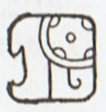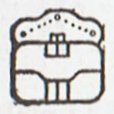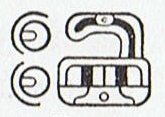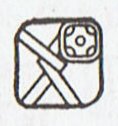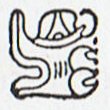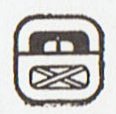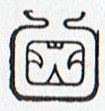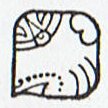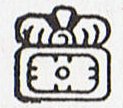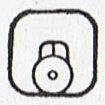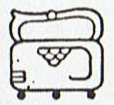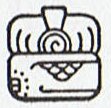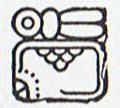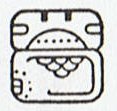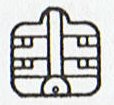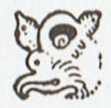|
TRANSLATIONS
I thought pakal meant 'shield', I read that somewhere, possibly in Maya Cosmos:
If pakal also means 'seed', I suppose it is because a seed is inside a kind of envelope protecting the central entity. With tu (or rather the Hawaiian ku) resembling the Mayan ku = 'god', and with ka resembling the Mayan ka = 'fire', I dare to put paka together with the Mayan pakal.
The ending -l was commented by Gates (remember?): ... the thing possessed is not distinguished from that not possessed, but the thing applied to use is distinguished. This fact is marked all through Mayance languages by the most common of all word-terminations, the final -l, usually preceded by the stem vowel. This denotes the concrete specialization, practicalization, of the thing - or idea-in-itself behind what is seen or felt operating ... I remember from Heyerdahl 6 that there were lots of 'Polynesian' names in the geography around the Titicaca lake. Polynesians may have borrowed words and ideas from the American continent (and vice versa - the xoc walking on land for example). Pakal, the dry seed, is falling down into the fertile earth and will come back in next generation. I had positioned him at te pito in Pb9-33:
Pakal is being recycled somewhere in the black 4th quarter:
Gradually I have become convinced that Macaw appears with the beginning of the new year, and that the 4th quarter instead 'belongs to' the Moon.
Macaw is then detronised by the twin heroes, opening the way for the real sun to rise later in spring. There is a white half probably representing 'present sun' in the drum of the Jaguar Priest (Chilam Balam):
So even if the drum in extenso represents tun (360 days) - excluding the 5 additional black nights to reach a haab - only 180 of those days 'belong' to the sun. Less than a quarter is black (the black moon jaguar which in some mysterious way 'owns the fire'). It is strange to imagine fire being ignited down in the watery deep. The red-and-yellow sector of the drum 'belongs' to Macaw, I think. More than a quarter presumably is 2 / 6 of the tun = 120 days. 360 - 180 (sun) - 120 (macaw) = 60 (moon). The structure reasonably implies that 180 / 20 = 9 months for the sun are located between the equinoxes. 9 months with 30 days in each month would instead cover the time from new year to autumn equinox. The fixed point will in both cases be the disappearance of the sun in autumn. Once the year therefore should have begun around autumn equinox, presumably with the appearance of Scorpio (Antares) at the horizon in the evening. The moon will then rule during one of her double-months (59 nights), I guess. But if she determines the time of her rule, it must surely be from new year she rules and not from autumn equinox. Women adores babies:
Her 'monkey' baby will climb on his own from Tzec. Zotz may be the 'monkey' at an earlier stage, crawling (like a serpent) at ground level. Macaw cannot be here, he must have been killed in the black nights, in Vayeb. In spite of his colours he will have only the black part of the Chilam Balam drum.180 (sun) + 120 (moon) + 60 (macaw) = 360 (tun). Another problem is that the red-marked months below cover 10 * 20 = 200 days, not 180:
|
||||||||||||||||||||||||||||||||||||||||||||||||||||||||||||||||||||||||||||||||||||||||||||||||||||




